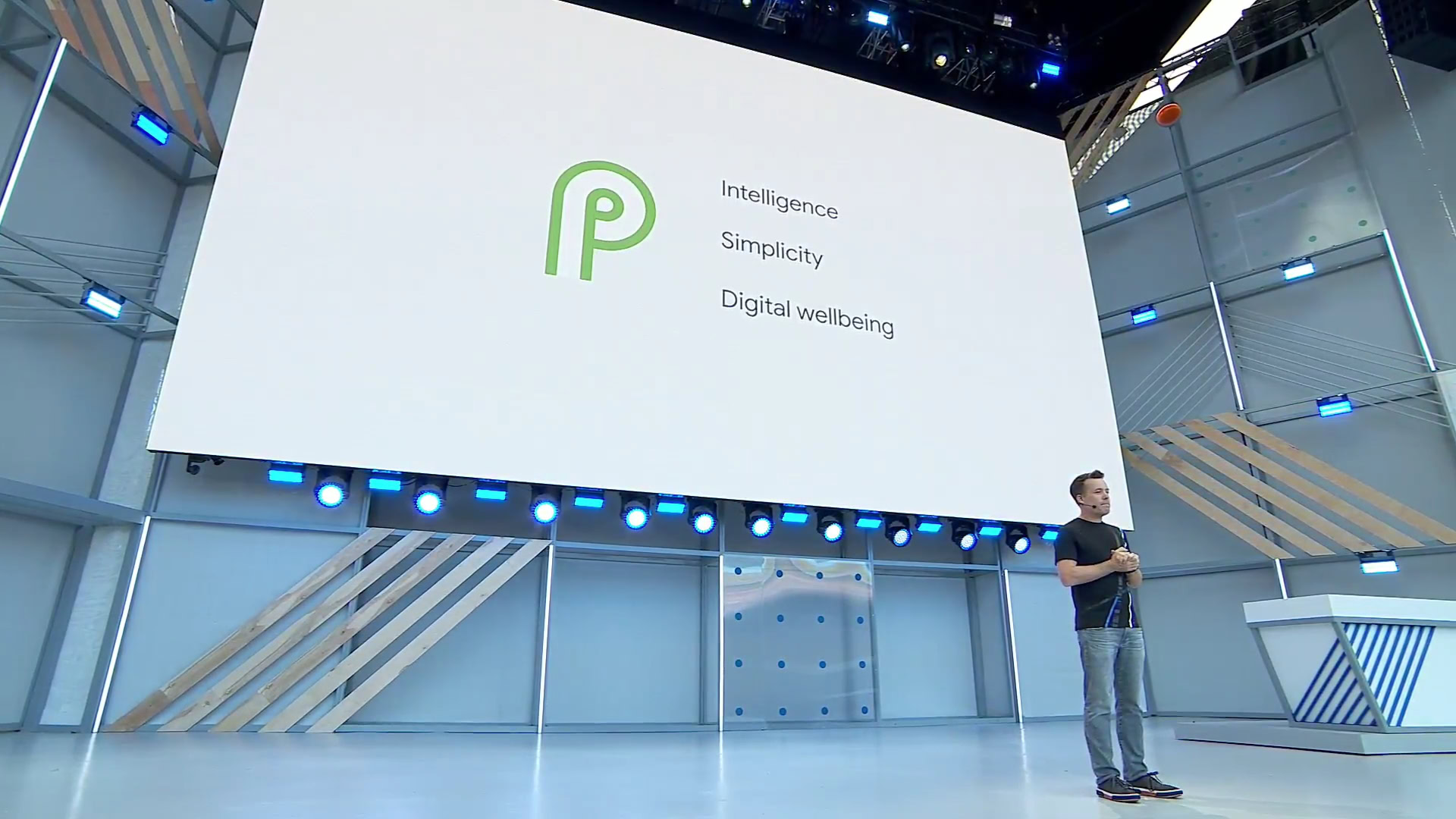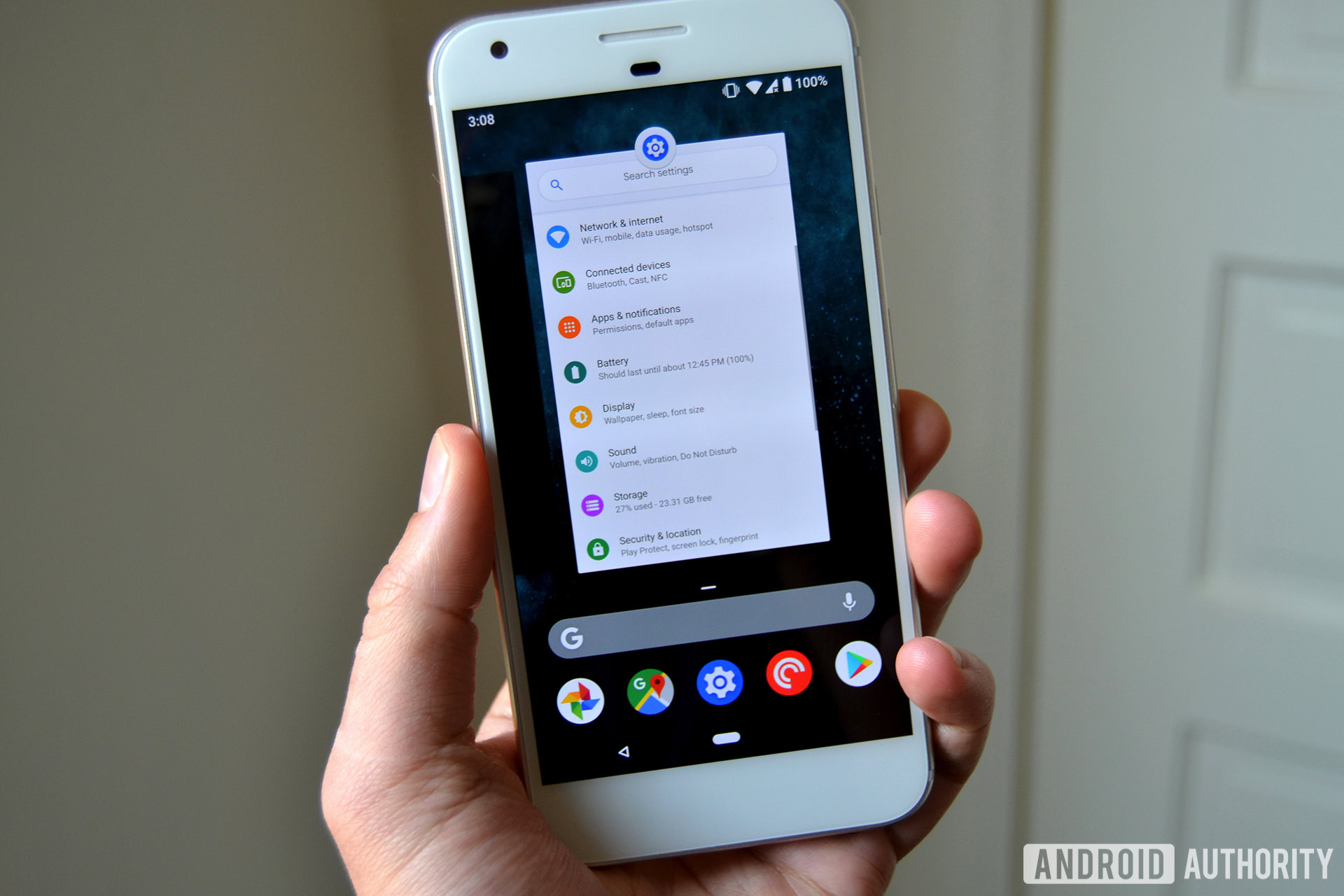Affiliate links on Android Authority may earn us a commission. Learn more.
Android P introduces a new power-saving tool called ‘App Standby Buckets’
Published onMay 8, 2018

- App Standby Buckets categorize apps based on how frequently you use them and limit their access to device resources accordingly.
- Apps that you use the most won’t be restricted by the system whereas apps that you never use will have strict restrictions imposed on them.
- This is a dynamic process: the system assigns each app to a priority bucket and reassigns the apps as needed.
The all-new App Standby Buckets categorize apps based on how frequently you use them and allocate battery power accordingly.

Google just unveiled the first Android P beta preview, and as expected, the company is introducing a new power management tool with the upcoming OS. Called the App Standby Buckets, this brand-new feature essentially limits apps’ access to device resources like the CPU or battery based on the user’s usage patterns. In other words, apps that you use the most won’t be restricted by the system whereas apps that you never use will have strict restrictions imposed on them. As Google points out, the categorization process is a dynamic one: the system assigns each app to a priority bucket and reassigns the apps as needed.
There are five buckets: active, working set, frequent, rare, and never.
- If an app is placed in the active bucket, the system does not impose any restrictions. For example, an app that is open or running a foreground service is categorized as “active.”
- An app that is placed in the working set bucket is subject to mild system restrictions. An app that runs often but is currently inactive will be characterized as such. These apps may not be able to run jobs or trigger alarms.
- An app is in the frequent bucket if it is used regularly but not daily. These apps, which may include apps like workout assistants, are subject to stronger restrictions on their ability to run jobs and trigger alarms. The system also imposes a cap on high-priority FCM messages.
- If an app is not used often, it is placed in the rare bucket, which means that its ability to run jobs, trigger alarms, and receive high-priority FCM messages is strictly restricted. The system also places a limit on its ability to connect to the Internet.
- The never bucket, as the name suggests, is for apps that have been installed but have never been run. They are subject to severe restrictions.
Google explains that “every manufacturer can set their own criteria for how non-active apps are assigned to buckets” and that if an app is already following best practices for Doze and app standby, handling the new power management feature should not be difficult. In theory, the new App Standby Buckets feature should help create a more efficient power management system.